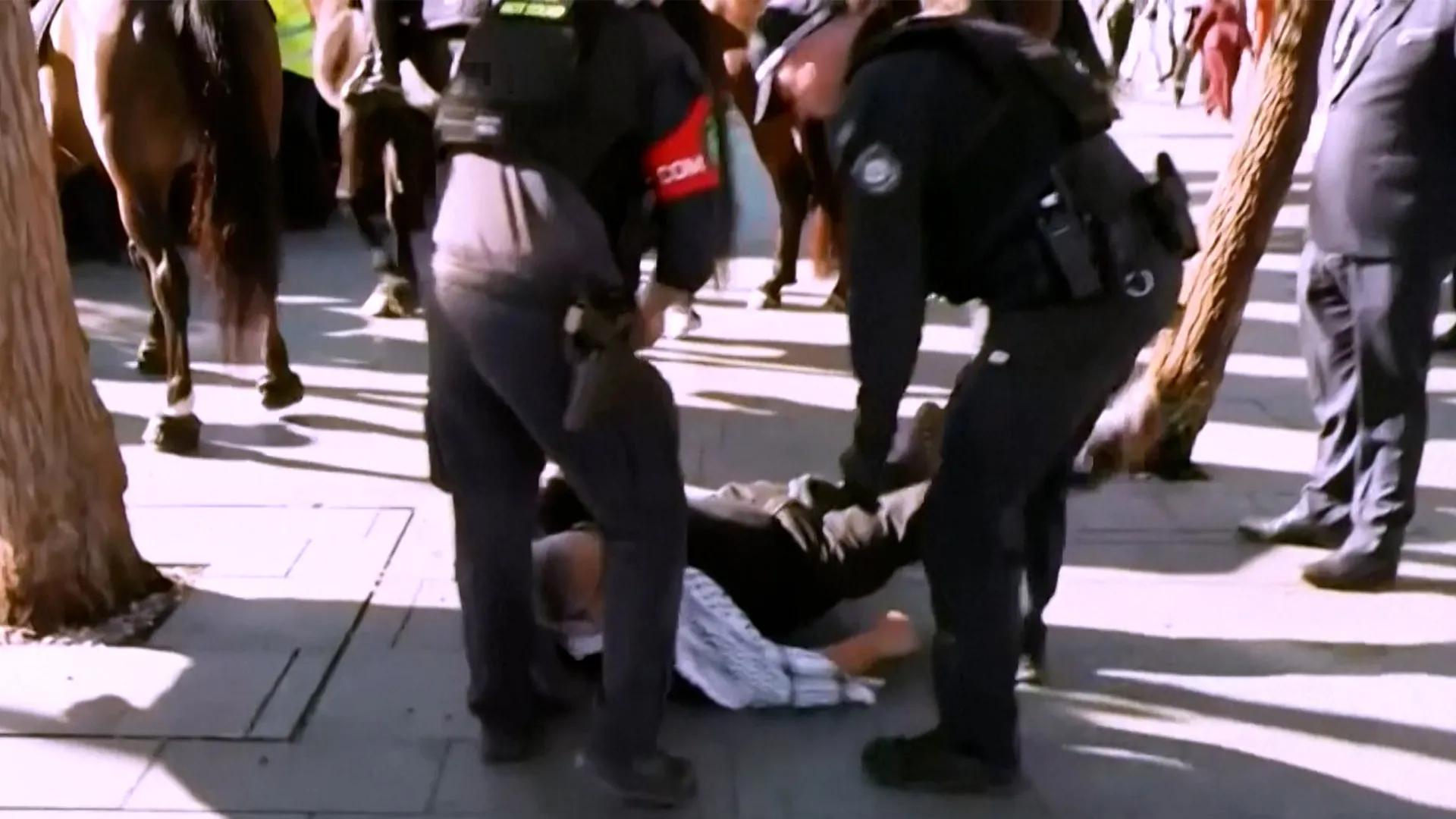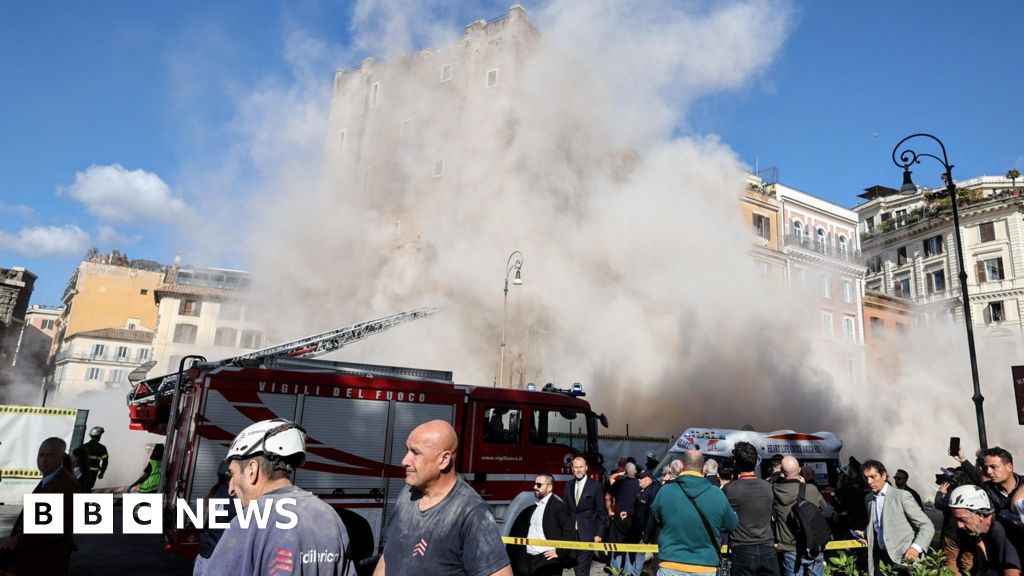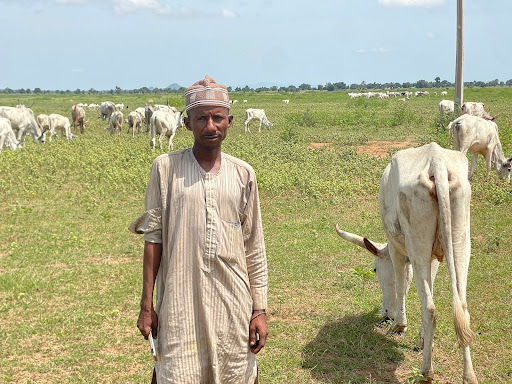Darlington trans medic used female changing room for years
 David Robinson / Geograph
David Robinson / GeographA transgender hospital worker felt a right to use a female-only facility at work as she had done for years without issues being raised, an employment tribunal heard.
Eight nurses are challenging County Durham and Darlington NHS Trust’s policy of allowing a female-only changing room to be used by Rose Henderson, a biological male who identifies as a woman.
Rose, an operating department practitioner at Darlington Memorial Hospital who has been referred to by first name at the tribunal and uses female pronouns, also denied claims of giving “evil looks” at nurses who had signed a letter of objection to her use of and alleged conduct within the changing room.
The tribunal continues.
The hearing in Newcastle heard Rose had completed placements at the hospital since 2019 as part of studies at Teesside University, before beginning full time work there in 2022.
Since the first day, Rose had changed in the female-only room, used by about 300 women, the tribunal heard.
 PA Media
PA MediaNiazi Fetto KC, barrister for the nurses, asked if Rose had ever considered, as other transgender colleagues had done in the past, asking for a separate place to get changed.
“No, I didn’t see it as necessary,” Rose replied, adding the use of the women’s changing room was “never really brought up” by managers.
Mr Fetto asked if Rose had ever considered if using the changing room could pose a “risk” that other users might be upset, embarrassed or frightened by Rose’s presence there.
“It never occurred to me it could be a risk, no,” Rose said.
The tribunal has heard complaints were first made by female nurses on the day surgery unit (DSU) in August or September 2023, with 26 women going on to sign a letter complaining about Rose’s use of and conduct within the changing room in March 2024.
Mr Fetto asked if Rose had continued using the changing room even after being aware of the “discontent”, which Rose agreed with.
“To your mind you had a right to use the changing room?” Mr Fetto asked.
Rose replied: “Yes.”
Mr Fetto asked if Rose had thought about the “perspective” of those complaining, to which Rose replied it was a source of “wonder” why there was “suddenly an issue” given she had been using the room for several years already.
“I considered their reasoning, but not to any great extent,” Rose told the tribunal.
‘Above bigotry’
Rose only became aware of the full details of the complaint when they were printed and broadcast in the media, the tribunal heard.
Mr Fetto asked if, after that, Rose had made a point of going to the DSU in “defiance” of the women and to appear “above bigotry and hatred” as Rose had written in a statement to the tribunal.
Rose said there were a “good number of reasons” professionally to go to the unit.
Several nurses alleged Rose gave them “evil looks” or “hard stares”, which Rose denied, telling the tribunal she did not know who the nurses were.
“I’m not in the business of levelling evil looks at anyone or hard staring,” Rose said, adding people could think whatever they wanted about her but that did not influence her view of colleagues “as professionals”.
One of the lead nurses, Bethany Hutchison, said Rose had smirked at her as they passed in a corridor, which she took to be an attempt at intimidation.
Mr Fetto asked Rose if she had “displayed amusement” towards nurse Bethany Hutchison.
Rose said she was talking to another colleague at the time about something they found funny, “but it wasn’t [Ms Hutchison’s] presence which I found amusing”.
 Christian Concern
Christian ConcernThe tribunal has heard a poster declaring the changing room to be “inclusive” was put up by some of Rose’s colleagues after the row erupted.
Rose saw a post about it circulating on social media and immediately contacted managers to ask for the sign to be taken down, saying it was done with good intentions but was doing more harm than good.
Mr Fetto asked if Rose knew who put the poster up.
Rose did not know exactly but assumed it to have been done by supportive theatre colleagues, a “small subset” of whom had been frustrated at not being able to do anything to help.
The tribunal has heard allegations from the nurses about Rose’s conduct in the changing room, with some claiming Rose would walk around in boxer shorts and stare at women getting changed.
Rose said the allegations were “false”.
One of the nurses, Karen Danson, had told the tribunal Rose had once asked her three times if she was going to get changed, which had triggered flashbacks to sexual abuse Ms Danson suffered as a child.
Rose did not know who Ms Danson was and could not recall such an incident, the tribunal heard.
















































